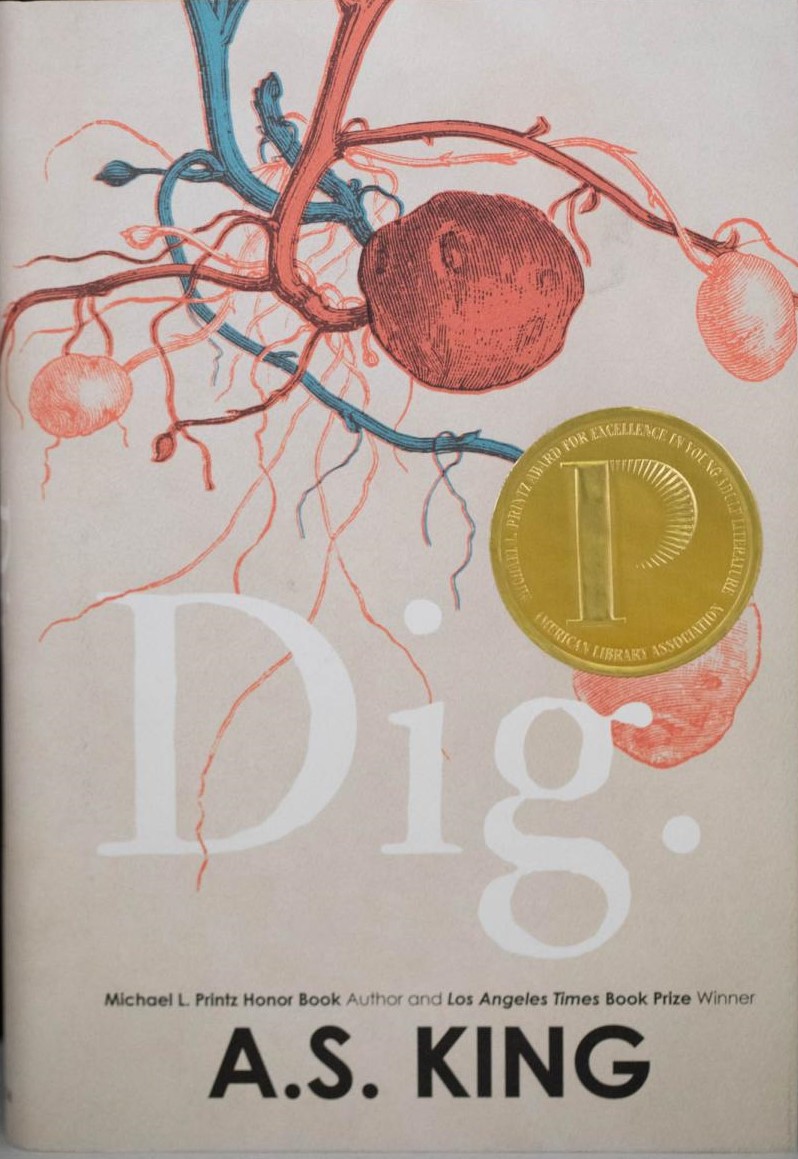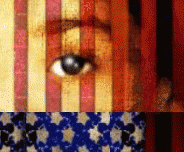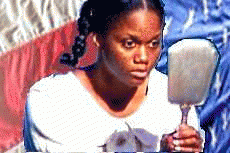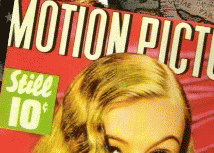As is the case with every fine work of young adult literature,
Sons by Alphonso Morgan, captures the intensity of adolescence -- but his novel is unique in many ways. Minnesota-born Morgan uses unique plot, language, structure and character development to evoke a seldom examined type of coming of age intensity: urban, Black and gay
.
Sons introduces us to the hidden humanity of the bold, Black and gold, larger-than-life thugs that run the streets of New York. Running among them is
Aaron, the sensible, secretive 16-year-old at the heart of this story.
Aaron's tightly-held policy of ignoring his emotions has successfully concealed his homosexuality, from himself and everybody else. However, it has left him unprepared to handle a confrontation with the toughest brother on the block --
Sha -- and the exquisite mix of emotions in the romantic relationship that develops.
Rarely explored, the
language of urban gay-only-for-pay hustlers, Black drag queens and boys "on the down low" is raw and cryptic, electric and dazzling. Morgan's manipulation of the obscure street code to reveal emotion is astonishing. Even more amazing is the supremely complex, spoken-wordiness of the book. Although the hyper-hetero Brooklyn badboys rarely and reluctantly articulate their feelings, words fight for a space in their lives, and in Morgan's novel.
There are times when the landscape of language in
Sons places you at a decided distance. Particular plot developments, poetic motifs and points of social commentary rise up to dominate the story’s skyline, providing definition and dimension. But there are moments in Morgan’s novel when the language becomes so thick and dense, it closes in like a bank of behemoth buildings encircling you in mid-town. Images appear and disappear, and come back to vie for your attention, echoing the effect of graffiti, billboards and store-front ads on a city block, each determined to assert its own message and meaning.
Structurally, the narrative feels like an impulsive improvisation. Without warning, the setting changes, or the perspective shifts. To turn a page of Morgan’s book is to blindly turn the corner in a big city. You never know what funny, or pitiful, or lucky thing you'll encounter.
While reading the book, you realize you’re in a motel, or a drug store, or a stairwell, but don’t remember how you got there. This sort of disorientation would be easy to accomplish with murky shadows and moonlight, but Morgan’s mystery takes place in the sun. Aaron's vulnerability, youth and energy control the overall tone of the piece. Whatever slick transitions or structural foreshadowing there is to be done -- by Morgan or his characters -- will have to be done in the bright, dawning light of day.
Characterizing and contextualizing the complexity, in what initially seems to be a completely different book, is Aaron’s little sister,
Anise. Smart, funny, impetuous, resentful and capable, Anise is so well dramatized, and so delightful, she nearly overtakes the novel. Anise contends with her own secret joys and horrors, quite separate and apart from Aaron’s journey. The parallel plots eventually merge -- but only through theme and feeling. The developing emotional inner-life of the people in Morgan's novel is beautifully crafted and strikingly original. I know of no sub-plot that works so well to highlight emotion and extend meaning in the main storyline without direct involvement in it.
The mystery and misery of the metropolis make the
City, not just a setting, but another central player. The City empowers and protects its children -- hugging them, hiding them, guiding them, shining on them "the glitter of history, the certain gleam of a future."
In the end, this is Aaron’s story. It is not a story so young and vulnerable a boy should have to negotiate. And it is not a story just anyone can read. There is strong language. There are sexual episodes. There is sudden violence. How could there not be in a coming of age saga set in the streets of Brooklyn? At no point is the book salacious or sinister. It is, in fact, lyrical -- not sweet -- but literate and gracious.
The adolescent sons and daughters in Morgan’s manifesto grow up too fast and die too soon. It isn’t light, but it is enlightening. The author accurately renders the real world and real lives of millions of urban young adults. Their complex stories do not make for easy reading. After I finished this book, however, I knew I would read it again and again.
I have never encountered a book quite like
Sons. Alphonso Morgan’s work is electrifying from start to finish. The rhythm, the poetry, the ideas, the pacing – all of it working together in a way that brilliantly brings the action to life.
Morgan’s book feels more like a movie – a movie of words, starring teenagers that most of America does not know. They are the big city's fast, explosive, fatherless Black sons. They shine so brightly, these Brooklyn sons – that we cannot see them for the glare. In this rare opportunity, when we can finally get a good look, we see that they are just children. Just young boys. Nervous. Goofy. Rough. Optimistic. Normal. Morgan has allowed us to recognize that these are our brothers. These are our sons.
Nomination: Yes!
Genre Classification: Multicultural Work, Coming of Age, Realistic / Edgy
Citation: Morgan, Alphonso.
Sons. New York: Lane Street Press, 2005. Print.
Alphonso Morgan website:
http://www.alphonsomorgan.com/
Words of a Feather
Babylon Boyz
Jess Mowry
Annie on My Mind
Nancy Garden















 5:00 AM
5:00 AM
 Vance Holmes
Vance Holmes













































